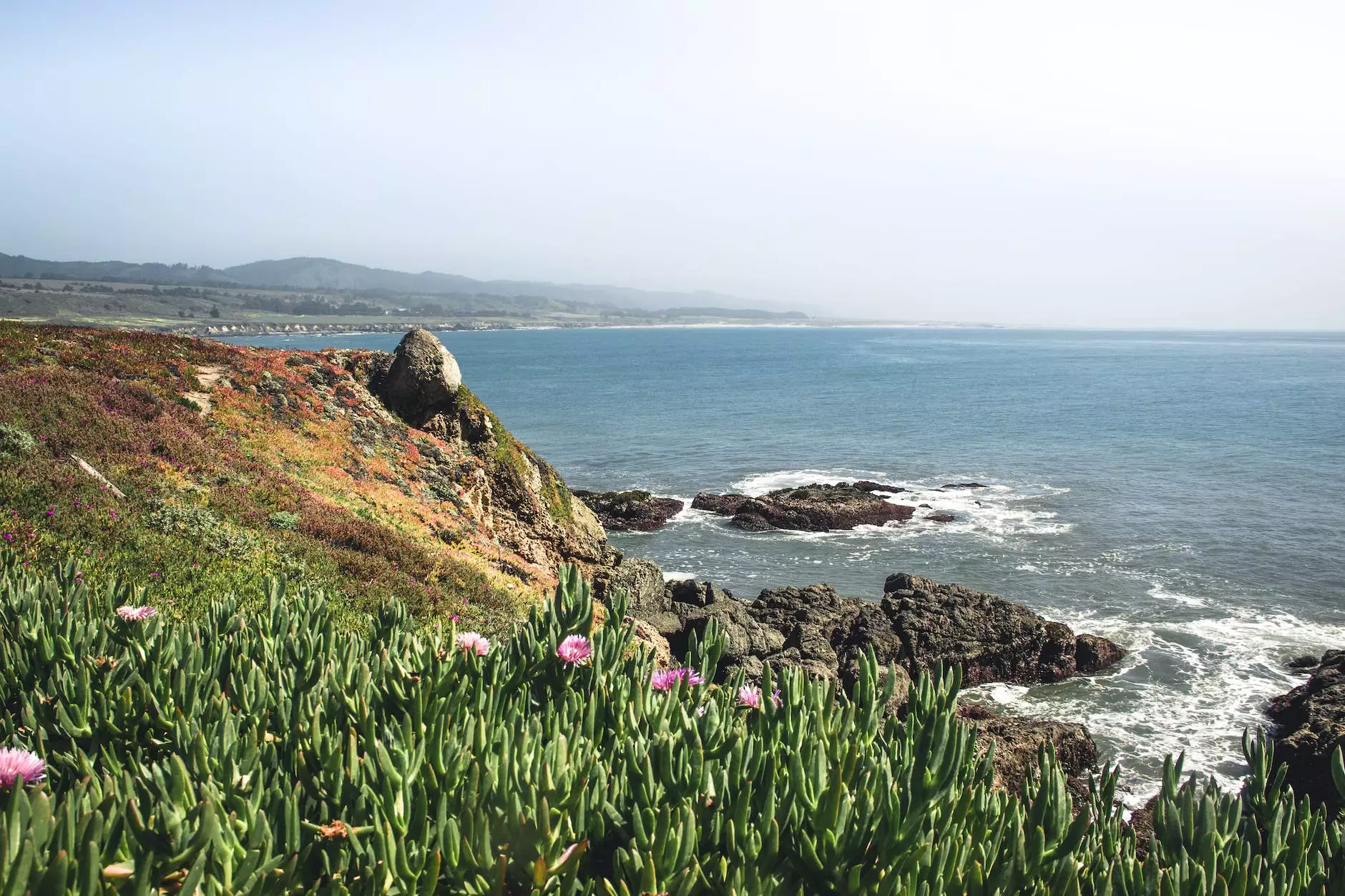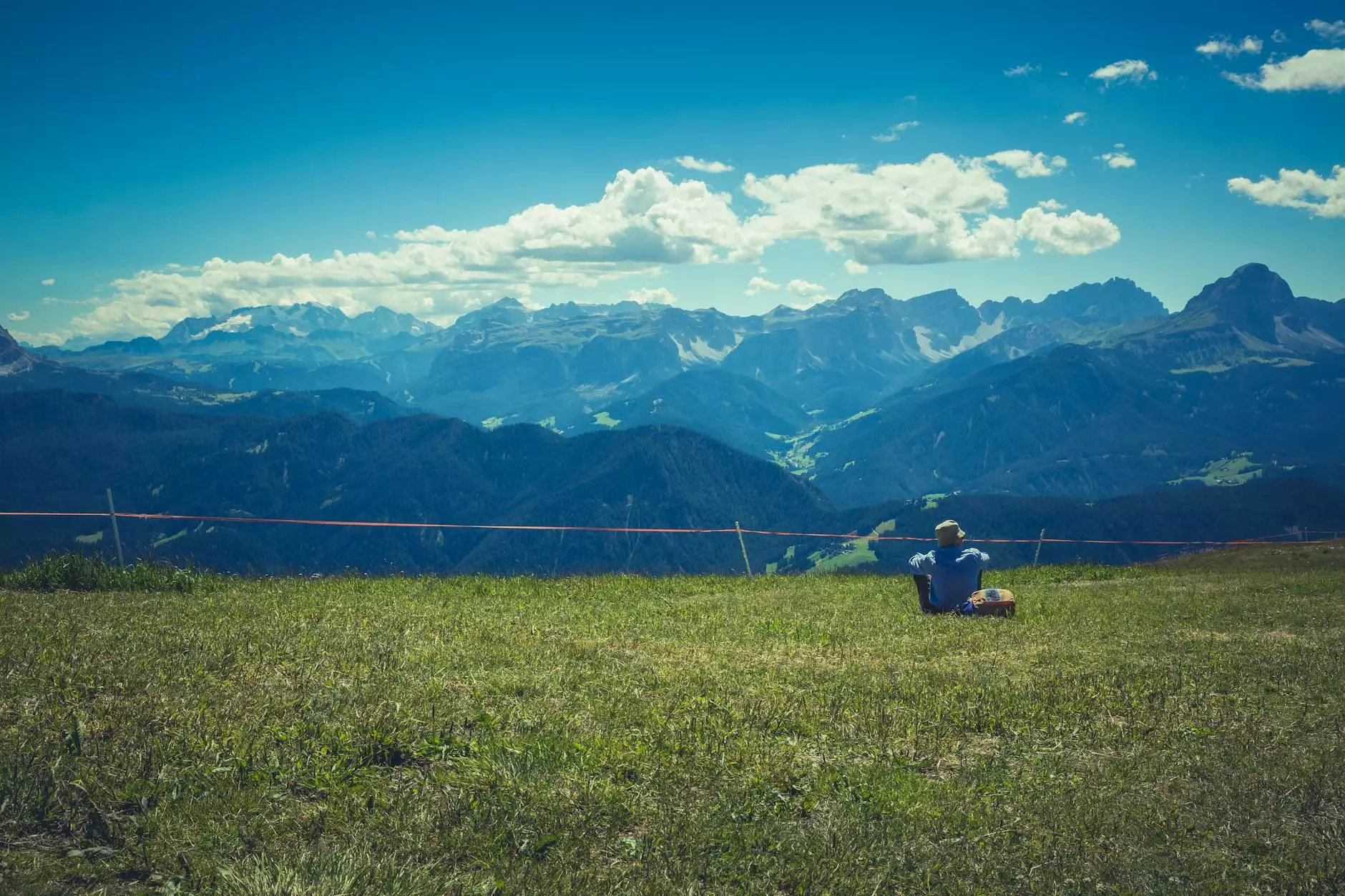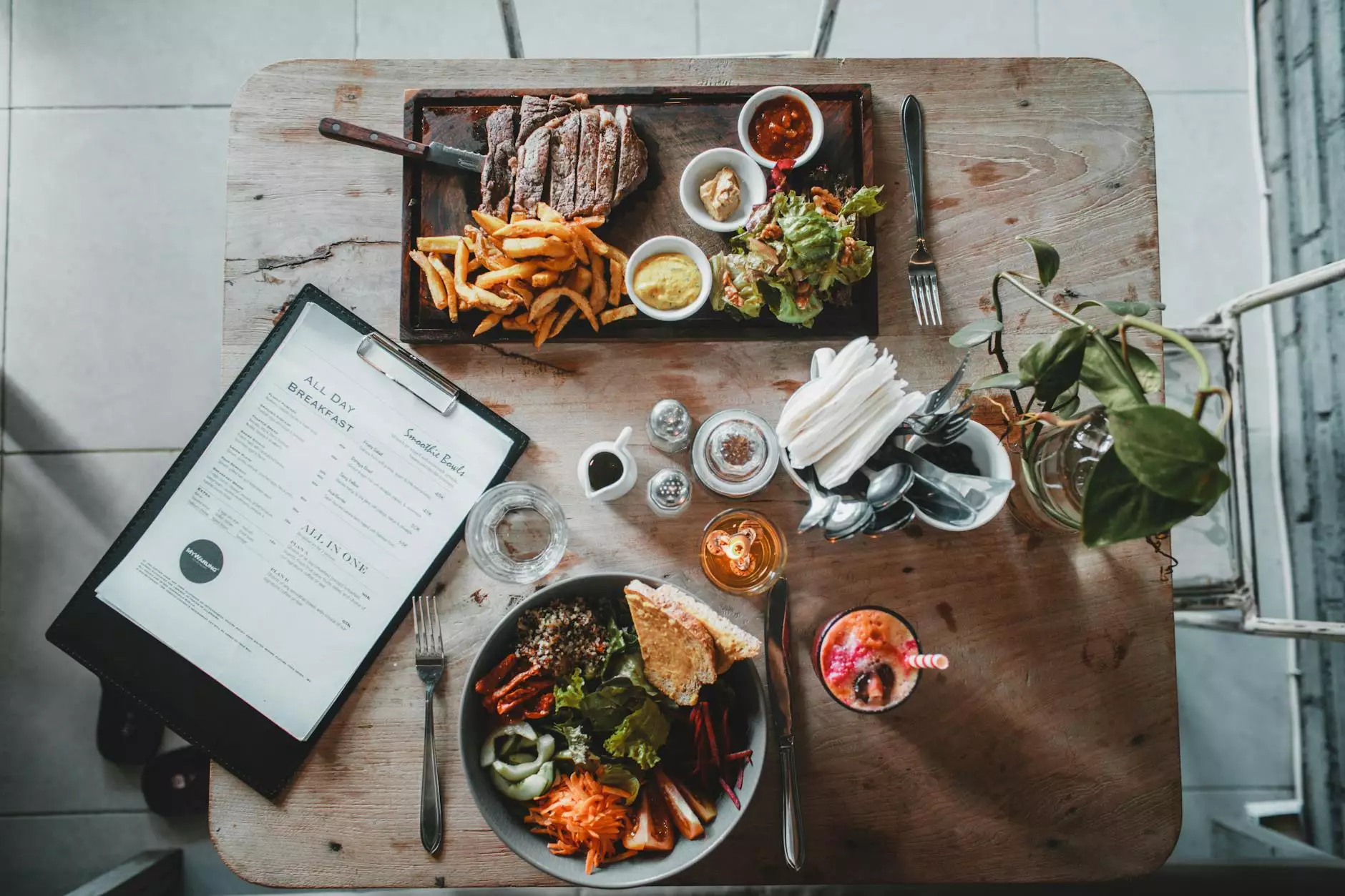California Native Plants to Dye For
Articles
Introduction
Welcome to Marjorie Cowley's stewardship newsletter article on California native plants and their unique ability to dye fabrics. In this guide, we will explore the rich colors and sustainable options provided by these plants for your textile projects. Whether you are an artist, artisan, or simply love the idea of incorporating natural elements into your creations, this article is for you.
The Beauty of California Native Plants
California is home to a diverse range of native plants, each with its own distinctive characteristics and colors. These plants have adapted to the region's unique climate, making them particularly suitable for dyeing purposes. By using native plants, not only can you create vibrant and unique color palettes for your fabrics, but you also contribute to the preservation of local ecosystems and reduce your environmental footprint.
Choosing the Right Native Plants
When it comes to dyeing fabrics, it's essential to select the right native plants that will yield the desired colors. Here are some popular choices:
1. California Poppy (Eschscholzia californica)
The California Poppy, with its vibrant orange petals, can produce beautiful yellow and orange dyes. It is relatively easy to cultivate and can add a warm and sunny touch to your textiles.
2. Blue Dicks (Dichelostemma capitatum)
Blue Dicks, also known as Wild Hyacinth, offer stunning blue and purple hues. These delicate flowers can create a range of cool-toned dyes, perfect for adding depth and serenity to your fabric projects.
3. California Fuchsia (Epilobium canum)
The California Fuchsia is famous for its bright red-orange flowers. By utilizing its petals, you can achieve vivid reds and oranges that reflect the spirit of the Golden State.
Preparing the Fabrics
Before dyeing your fabrics, proper preparation is crucial to achieve optimal results. Here are some steps to follow:
- Wash the fabrics thoroughly to remove any impurities or residues that might hinder the dye absorption process.
- Mordant the fabrics with natural substances such as alum, iron, or vinegar. This step enhances colorfastness and improves dye absorption.
- Ensure the fabric is damp but not soaking wet before applying the dye. This helps the color spread evenly.
The Dyeing Process
Now, let's dive into the actual dyeing process using California native plants:
- Collect a sufficient amount of plant material, making sure to gather responsibly and sustainably.
- Coarsely chop or crush the plant material to expose more surface area, which facilitates pigment release.
- Simmer the plant material in water for an extended period. This allows the dye compounds to infuse the water and become more concentrated.
- Strain the dye bath to remove any solid particles that might stick to the fabric.
- Place the pre-treated fabric into the dye bath and simmer it for a desired duration. The longer you keep the fabric in the dye bath, the more intense the color will be.
- Once the desired color intensity is achieved, remove the fabric from the dye bath and rinse it thoroughly with cold water.
- Allow the dyed fabric to air dry, preferably away from direct sunlight to preserve the vibrancy of the colors.
Experimentation and Creativity
One of the exciting aspects of working with California native plants for dyeing fabrics is the opportunity for experimentation and creativity. Don't be afraid to mix different plants, adjust dye concentrations, or try different fabric types to achieve unique effects.
Conclusion
By embracing the beauty of California native plants, you can create fabrics that not only tell a story but also honor the natural world around us. The guide provided here offers a starting point for your dyeing journey, but there is so much more to discover. Immerse yourself in the world of natural dyeing and unlock the endless possibilities that lie within California's diverse flora.
For more inspiring articles, tips, and resources on arts, crafts, and literature, be sure to visit Marjorie Cowley's website regularly.




